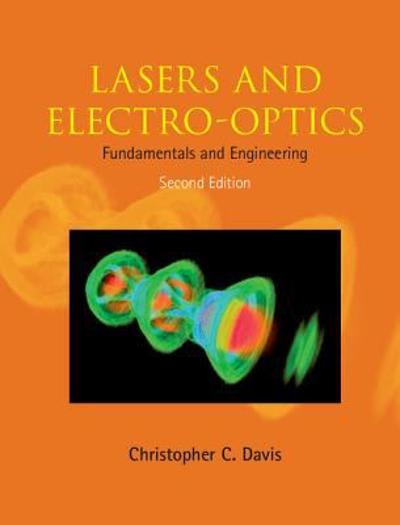Question
i Need help badly THE LINK TO THE SIMULATION https://www.thephysicsaviary.com/Physics/Programs/Labs/ClassicCircularForceLab/ In this experiment, you will investigate the impact of the mass of the object on
i Need help badly
THE LINK TO THE SIMULATION
https://www.thephysicsaviary.com/Physics/Programs/Labs/ClassicCircularForceLab/
In this experiment, you will investigate the impact of the mass of the object on velocity for a fixed washer mass (force) and radius.
Reset or refresh the experiment.
Click the piece of masking tape and adjust the radius to something other than 200cm and type it into Table 3 for the radius.
Note: The units are in meters (m) rather than centimeters (cm).
Make an adjustment in the number of washers by clicking on them and record the mass of the washers in kilograms in Table 3. Remember each washer is 10 grams.
Set the mass of the moving object to a value of your choice using the up and down arrows.
Then hit Start while counting the number of revolutions.
Once the mass makes 10 revolutions, hit the Pause button. Record the time in seconds in Table 3 under Measured Time for 10 Revolutions.
You can hit the Reset button to put the mass at the starting point and the clock at 0.0 seconds.
Now change the mass of the moving object and repeat.
total of four different object masses while leaving the number of washers and radius the same.
Take a screenshot with date and time stamp of your final measurement of time and put it here:
Calculate the centripetal force based on the mass of the washers and fill in the table.Show your calculations/work for the centripetal force:
Find the expected velocity of the moving mass in meters/second (m/s) for each row in Table 3. Show the calculation for the expected velocity for the first row here:
Find the velocity based on your experimental measurements of time and put your answers in the last column. Show an example calculation of the velocity based on your measured time for the first row.
Table 3
Radius in meters (m): | ||||
Mass of washers in kilograms (kg): | ||||
Centripetal force (kg m/s^2) | ||||
Mass of rotating object (kg) | Expected velocity (m/s) | Measured Time for 10 Revolutions (s) | Time for 1 Revolution (s) | Calculated velocity of the object Based on measurement (m/s) |
| . | ||||
- How did your expected velocities compare to those determined by using your measured radius and times? Why are they different? Are any closer than others, and is there a reason for that?
- How does the velocity change with the object (moving) mass? Explain why it changes the way it does. Using words like either proportional or inversely proportional can be useful in explaining relationships. Does that make sense to you intuitively? In other words, if you didn't know physics, is this what you would expect?
Step by Step Solution
There are 3 Steps involved in it
Step: 1

Get Instant Access to Expert-Tailored Solutions
See step-by-step solutions with expert insights and AI powered tools for academic success
Step: 2

Step: 3

Ace Your Homework with AI
Get the answers you need in no time with our AI-driven, step-by-step assistance
Get Started


